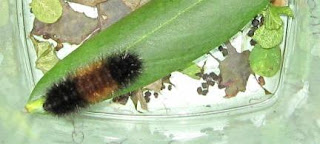Leech facts:
- Leeches are Hermaphrodites, which means after they mate, both leeches can lay eggs.
- The earthworm is actually a close cousin of the leech. They are also hermaphrodites.
- Leeches have a sucker on their tail and mouth.
- Leeches can go for over a year without sucking blood.
- One of the freshwater leeches favorite hosts is the snapping turtle. Leeches can often be seen attached to a snapping turtle's legs.
- Very few leeches can actually "bite" with their teeth. Over 90% of leeches only feed on the blood in decomposing corpses.
- Leeches secrete two chemicals into their victims. An anesthetic is used to numb the bitten area so the host doesn't feel it. A second chemical called hirudin is injected to make the blood flow smoothly.
- Not all leeches feed on humans. Some attach to snails, frogs, and other small animals. Some don't even feed on blood, such as the Erpobdella Punctata species.
- Most leeches thrive in freshwater, but a few are known to live in marine waters as well.


